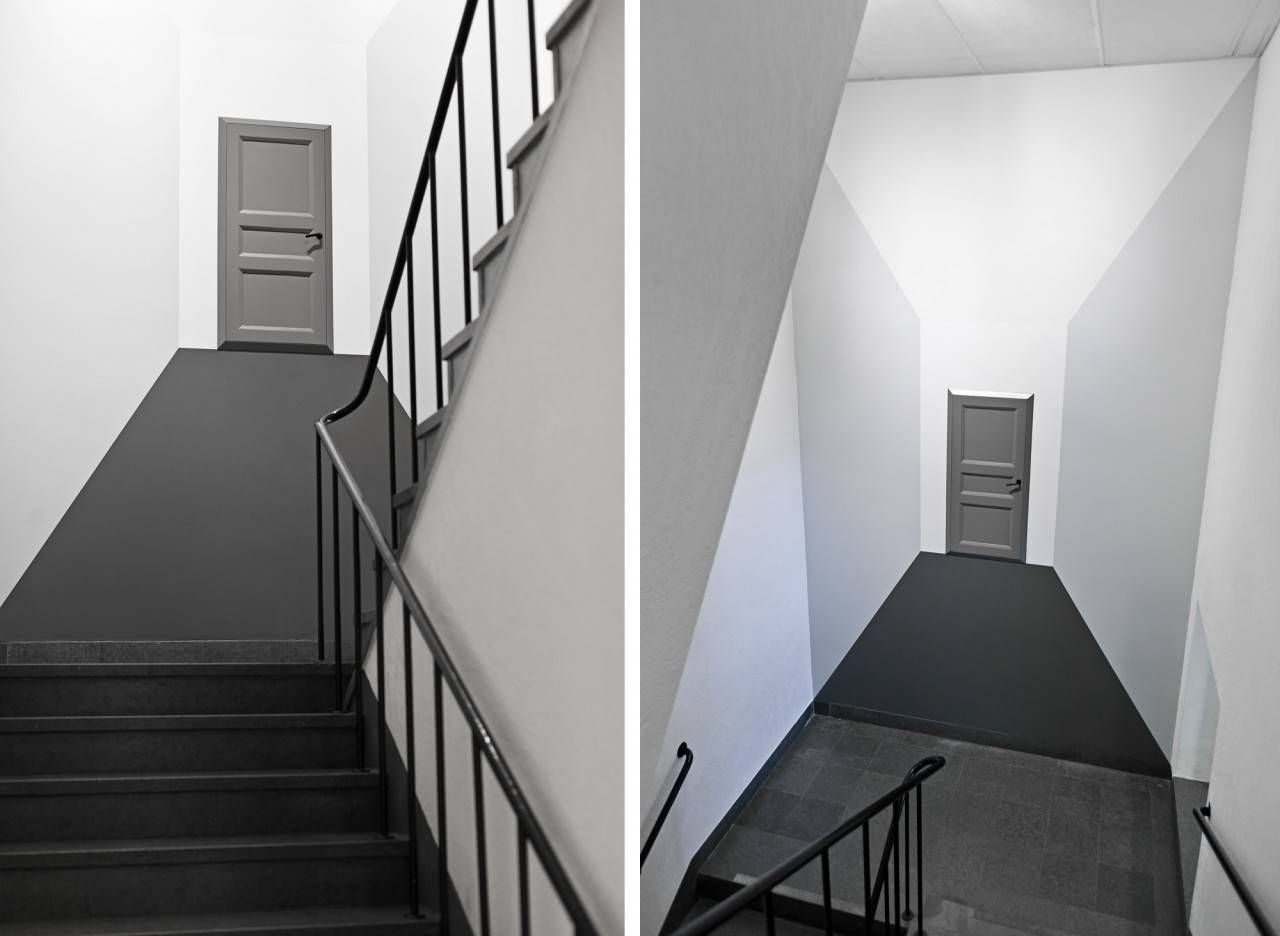

Crayon paints and sands many layers of gesso (a white, paint-like material) onto his panels before he starts painting. Regardless of the approach, a smooth surface is an essential starting point. “R is for Rose” by Dennis Crayon was awarded second prize in the “Flora & Fauna” exhibit.

He starts with a photograph and plans out the composition in Photoshop before starting the painting. (Kirwin is known for painting murals, a common setting for trompe l’oeil because there’s no frame to give away the illusion.)Ĭrayon, this month’s solo artist, explained some of his process in our 2013 Q&A interview.

This painting by Art League instructor Patrick Kirwin uses the texture of wood and attention to the details of light to create an illusion that would be at home in a carnival.Īrt League instructor Patrick Kirwin shows how he uses things like a turkey feather and plastic bag to paint marble in these videos. There are many tricks and techniques painters can use to fool the viewer. The composition is that of a classic portrait, as well: the figure is posing within the frame, not attempting to climb out of it. For one, because it’s monochrome, it doesn’t try to fool the eye the way a drawing or painting in color could. So, the above drawing by Wendy Donahoe could be described as photorealistic, but not trompe l’oeil. Nicholas, graphite, by Wendy Donahoe, winner of best in show in December 2012. Photorealism is inspired by photography, so the compositions are closer to what a camera would see than what the eye sees. Trompe l’oeil is a tradition that goes way, way back before photography existed.(Look at the shadows and folds painting at the top of this post.) Photorealism aims simply to recreate an image as realistically as possible, in two dimensions. The two techniques have different goals: a trompe l’oeil artist wants to trick the viewer with the illusion of three-dimensionality.

In photorealism, the subject could be anything.
#2017 the art of illusion wall calendar full#
In his post college years, Gonsalves worked full time as an architect, also painting trompe l'oeil murals and theatre sets.Īlthough Gonsalves' work may appear to be surrealistic, it differs in that the images are deliberately planned and result from conscious thought. The "magic realism" approach of Magritte along with the precise perspective illusions of Escher came to be influences in his future work. By age 12, his awareness of architecture grew as he learned perspective techniques and first began to paint renderings of imagined buildings.Īfter an introduction to artist Dali, Gonsalves began his first surrealist paintings. During his childhood, he developed an interest in drawing from imagination using various media. Artist Rob Gonsalves was born in Toronto in 1959.


 0 kommentar(er)
0 kommentar(er)
